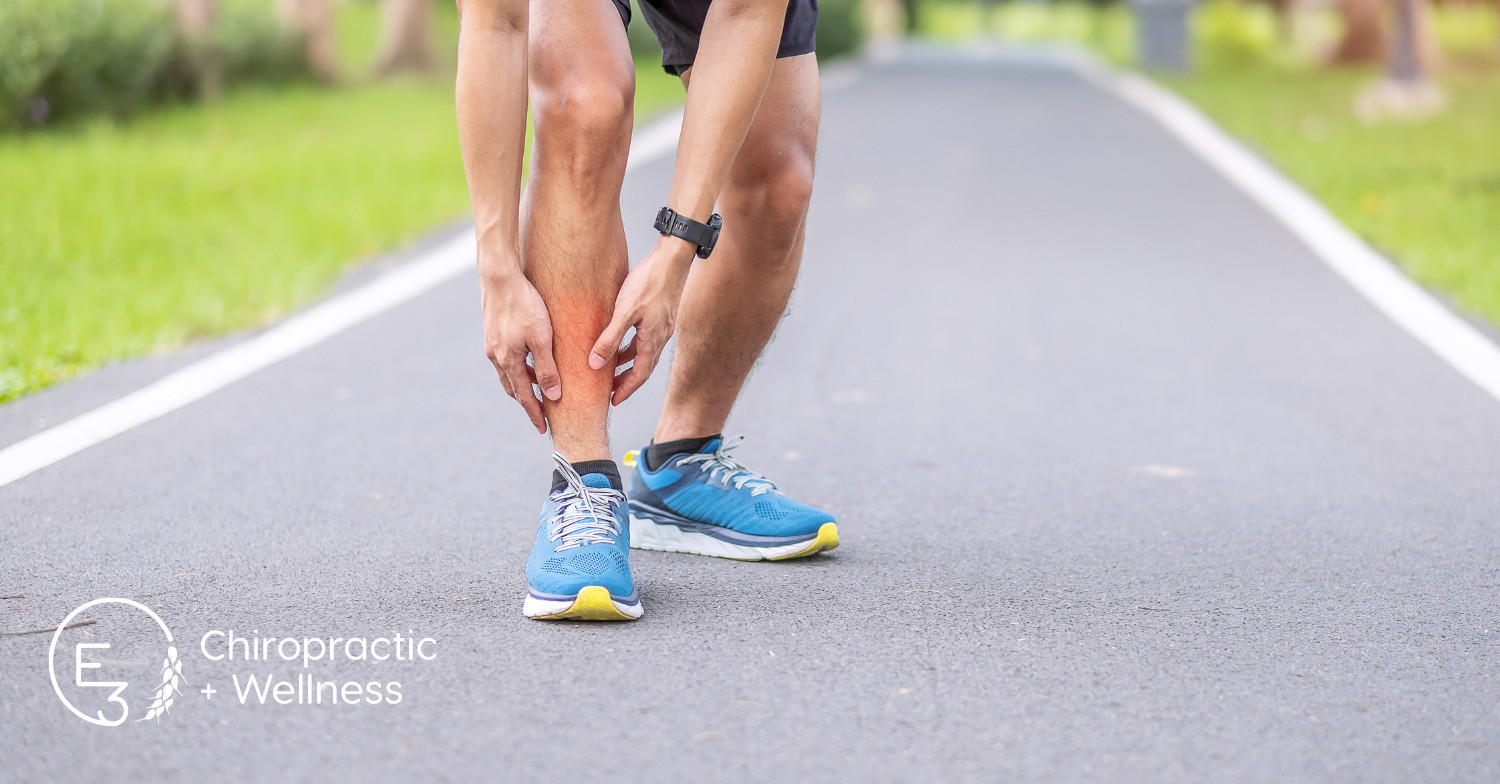
If you're a runner—whether you're lacing up for your first 5K or training for your tenth marathon—chances are you've felt that nagging pain down the front or inside of your lower leg. It starts as a dull ache and, if ignored, can become sharp, persistent, and even debilitating. Sound familiar? You're not alone. Shin splints are one of the most common injuries among runners, and they’re a warning sign your body needs attention.
At E3 Chiropractic + Wellness, a trusted Saskatoon Chiropractor clinic, we help runners recover from shin splints and, more importantly, learn how to prevent them from coming back. If you're struggling with lower leg pain during or after your runs, keep reading—we’re about to break down everything you need to know.
What Are Shin Splints?
Shin splints, or medial tibial stress syndrome (MTSS), refer to pain that occurs along the tibia—the large bone in the front of your lower leg. This pain is typically caused by inflammation of the muscles, tendons, and bone tissue surrounding the tibia. You’ll most often feel this pain on the inner edge of the shin, especially during running or jumping activities.
Think of shin splints as your body’s way of saying, “I’m working harder than I’m ready for.” Left unaddressed, they can worsen or even develop into stress fractures, making early intervention essential.
Why Runners Get Shin Splints
Shin splints are often caused by overuse and biomechanical imbalances, which is why they’re so common in runners. Let’s look at the most common reasons behind the pain:
1. Sudden Increase in Mileage or Intensity
Your muscles and bones need time to adapt to the demands of running. Ramping up your training too quickly is one of the most common causes of shin splints.
Tip: Stick to the 10% rule—don’t increase your weekly mileage by more than 10%.
2. Poor Footwear
Running in shoes that are worn out, lack proper support, or aren’t designed for your foot type can lead to improper load distribution, placing excess stress on the shin area.
3. Running on Hard or Uneven Surfaces
Concrete sidewalks and uneven trails increase impact forces and muscle fatigue. Your legs take a beating every time your foot strikes the ground without sufficient shock absorption.
4. Flat Feet or High Arches
Both can alter your gait, causing your lower legs to work harder to stabilize your body during each stride. This can lead to excessive strain on the muscles and connective tissues around the shinbone.
5. Weak or Tight Muscles
If your calves, ankles, hips, or core are weak or lack mobility, your lower legs end up compensating. Muscle imbalances are a major contributor to poor running mechanics, and over time, that compensation shows up as pain in the shins.
Symptoms of Shin Splints
If you’ve experienced any of the following, there’s a good chance shin splints are to blame:
- A dull ache or sharp pain along the front or inner part of your shin
- Pain that worsens during or after running
- Mild swelling in the lower leg
- Tenderness to the touch
- Discomfort that eases with rest but returns quickly with activity
How to Prevent Shin Splints
The good news? Shin splints are highly preventable. Here’s how to keep them from derailing your training:
1. Warm Up and Cool Down Properly
Don’t skip your warm-up. Begin each session with dynamic movements like leg swings, hip circles, and light jogging. After your run, stretch your calves, hamstrings, and hip flexors to restore flexibility and reduce muscle tension.
2. Strength Training
Running alone doesn’t build the strength you need to stay injury-free. Incorporate resistance exercises that target your:
- Calves – heel raises, eccentric calf lowers
- Anterior tibialis – toe taps, resisted dorsiflexion
- Glutes and hips – bridges, clamshells, lateral band walks
- Core – planks, dead bugs, bird dogs
These muscles play a key role in shock absorption and stability during each stride.
3. Cross-Train
Adding low-impact activities like swimming, cycling, or rowing into your routine can maintain your aerobic fitness while reducing repetitive stress on your shins.
4. Listen to Your Body
Pain is a message, not a nuisance. If you start to feel shin pain, back off your mileage and intensity. Early rest can prevent a minor issue from becoming a long-term problem.
5. See a Saskatoon Chiropractor for a Movement Assessment
At E3 Chiropractic + Wellness, we can help you identify and address the root causes of your shin splints. Our comprehensive movement assessments look at how your joints and muscles are functioning—especially those involved in running, such as your hips, knees, ankles, and feet.
Treating Shin Splints the Right Way
Already dealing with shin splints? Here’s how to manage them properly:
Rest and Modify Activity
- Give your legs time to heal. Switch to low-impact workouts for a couple of weeks. Don’t try to “run through the pain.”
Ice the Area
- Apply ice for 15-20 minutes after activity to reduce inflammation and discomfort.
Manual Therapy
- Soft tissue techniques like Active Release Technique (ART), instrument-assisted soft tissue mobilization (IASTM), and joint mobilizations can break up adhesions, improve blood flow, and restore normal muscle function.
Orthotics and Footwear Advice
- If flat feet or improper footwear are contributing to your condition, custom orthotics or shoe recommendations may help correct the issue.
Rehab Exercises
A progressive rehab plan can help build strength and mobility where it's needed, so you come back stronger—and pain-free.
Why Choose E3 Chiropractic + Wellness?
As a leading Saskatoon Chiropractor, E3 Chiropractic + Wellness specializes in helping runners not just recover from injuries like shin splints—but avoid them altogether. Our E3 Approach looks at three key pillars:
Discover the WHY – We go beyond symptoms to find the underlying cause of your injury.
Reduce Pain Quickly – Our treatment methods are evidence-informed and results-driven.
Build Resilience – We give you the tools, exercises, and education to keep you running strong.
Whether you’re preparing for a race or simply want to enjoy pain-free runs, we’re here to help.
Final Thoughts
Shin splints may be common, but they’re not something you should ignore. With the right knowledge, treatment, and preventative care, you can keep your legs healthy and your training on track.
If shin pain is slowing you down, let E3 Chiropractic + Wellness be your partner in performance. Click HERE to book an appointment with your trusted Saskatoon Chiropractor today—and get back to doing what you love, pain-free.





